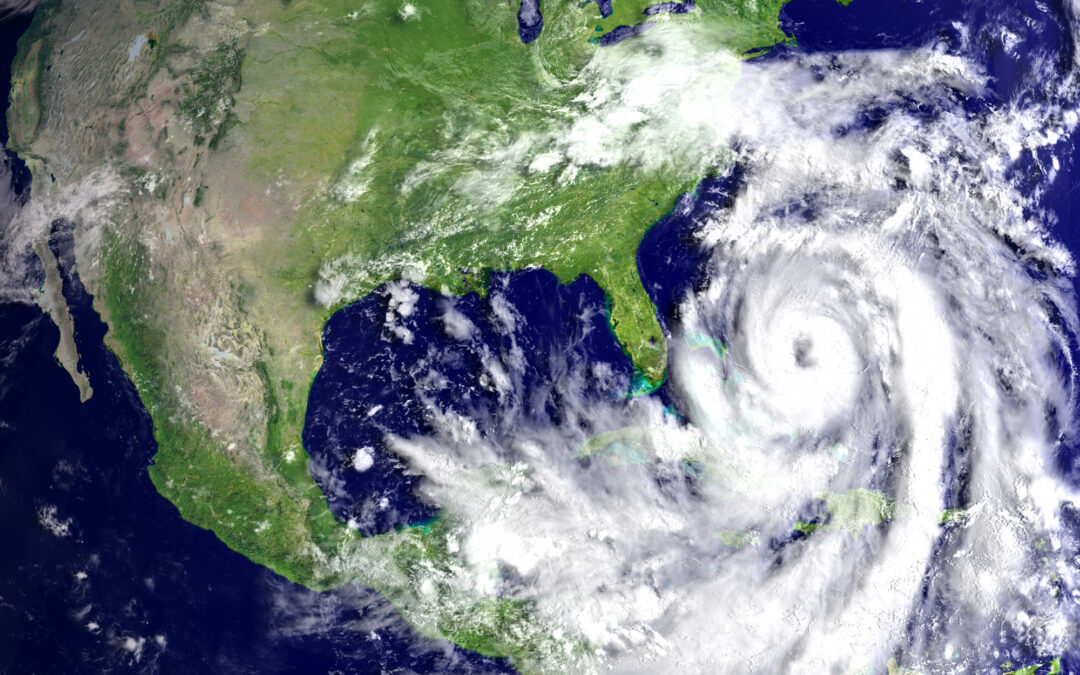Simple Measures You Can Take to Protect Yourself and Your Family
According to the National Weather Service, the Atlantic hurricane season spans approximately six months of the year, with potential storms from the beginning of June until the end of November. You don’t have to live right along the shore to be at risk when a hurricane develops. The winds and rain from such a storm can easily travel up to 200 miles inland. Of course, if it’s at all possible, the safest way to weather such a storm is to evacuate, though that may not always be possible. The American Red Cross recommends the following steps before, during and after a hurricane to maximize your safety:
- Before the storm hits—The most important preparation for any weather-related event is a plan of action. Know what you will do before a storm hits.
- Know how you will evacuate and where you will go, including where you will stay, whether it’s with family and friends or elsewhere.
- Have a Plan B if you don’t have time to evacuate—Know where the safest place is in your home. Take into account that the hurricane will typically produce high winds and flooding. Avoid structures or places where water can accumulate or that may be damaged or compromised by hurricane-force winds
- Have a backup battery or charger for your cell phone, so that you can communicate with the outside world
- Be prepared to live without power, heat or the means to prepare food. Store enough non-perishables to feed everyone for at least two weeks. Canned goods will be the most durable, but don’t forget to have a manual can opener easily accessible!
- Store emergency items and supplies in a safe place. Have a 30-day supply of any medications in zip-lock bags or waterproof containers. Put together a “Go Kit,” with three days of supplies that you can carry with you.
- During the storm—Take the time now to download the Red Cross Emergency App to your smartphone. During the storm, you may be able to go to it to determine whether you should stay where you are or try to get out. You may also be able to find shelter locations or learn the best evacuation routes. If you must stay in your house, go to an interior room with no outside windows, if possible. At all times, stay away from doors and windows, which may be blown out by hurricane-force winds. Avoid basements or low areas of the house that may be susceptible to flooding
- After the storm—If you’ve evacuated, you may be anxious to return to your home. Defer to public safety officials and wait to go back until they give the go-ahead (there may be flooding, downed power lines or other hazards). If you had to stay in your own home, be cautious about going outside, as downed power lines can also be a risk. When cleaning up, it’s best to use protective equipment, such as gloves, boots and goggles.


